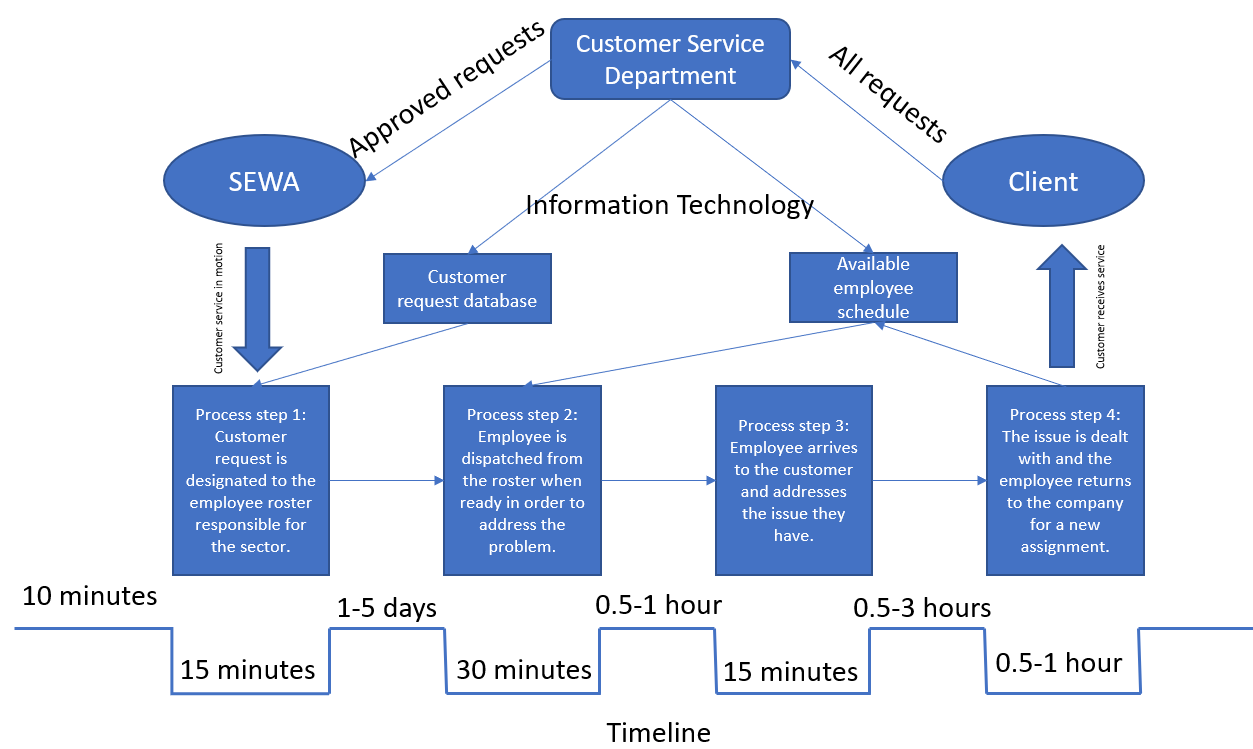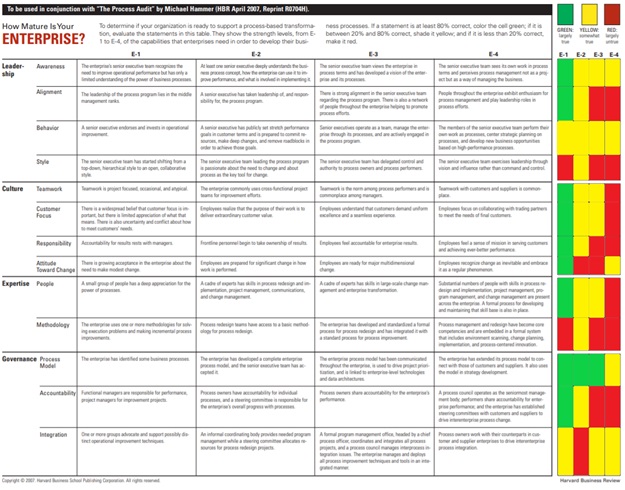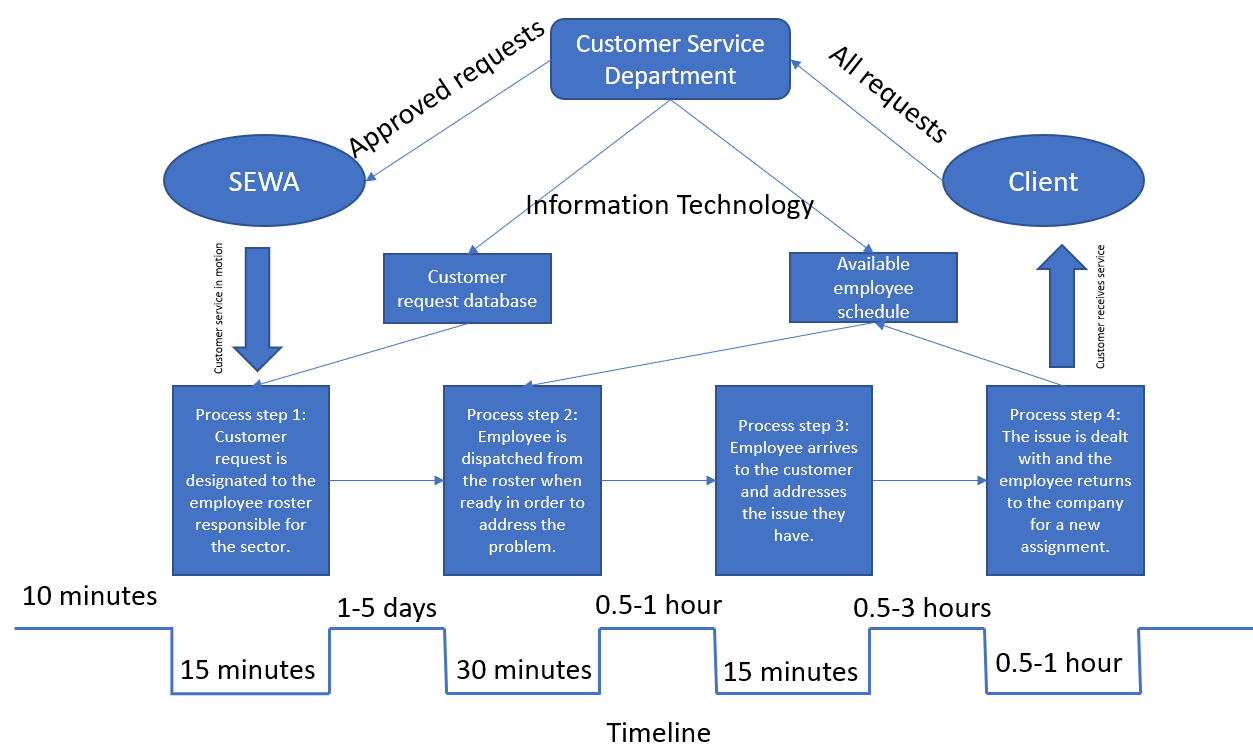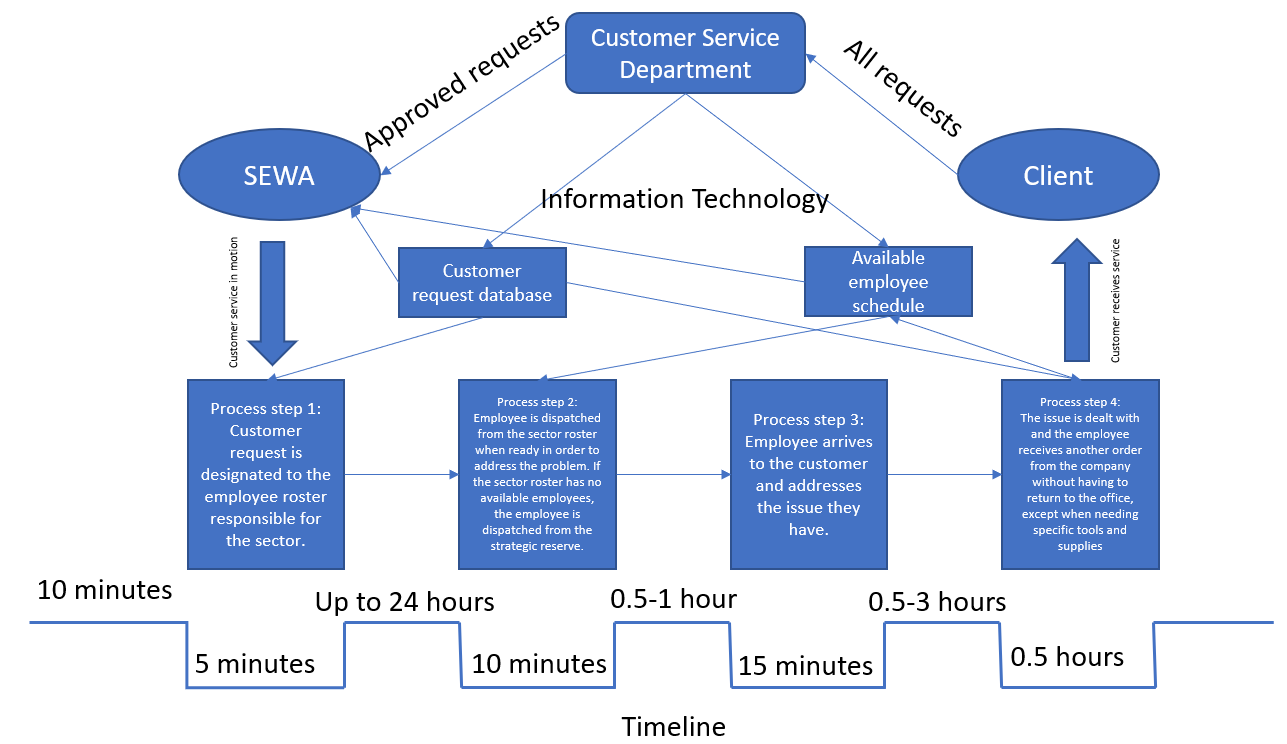Introduction
Sharjah Electricity and Water Authority (SEWA) is a government-mandated utility company that provides generation, transmission, and distribution of electricity and water in the municipality of Sharjah. The company’s service area covers over 235 sq. km, catering to over 500,000 customers in Sharjah (“Global Energy Management”). The company has a 5% growth in electricity demand per year due to being a monopoly in service provision, with smaller companies not being able to compete and interfere with SEWA’s dominant and government-supported position on the market. The company has been implementing new standards of quality for the past several years, the most prominent one including ISO 50001:2011, which helped reduce energy consumption and carbon emissions by 7.1% (“Global Energy Management”).
Customer service remains one of the weakest parts in SEWA and the UAE government companies in general. According to the Gulf News, SEWA seeks to improve customer experience and reduce the time within which customer needs are addressed to 24 hours (“SEWA Complaints”). Despite these measures, a day is a very long time, especially considering matters of electricity, which are vital to organizations, businesses, and private users alike. As it stands, the company’s response time to emergencies is between 1-5 business days. The purpose of this paper is to evaluate the existing customer service process and develop a new value stream map to provide significant improvements.
Enterprise Process Maturity Matrix
According to the process maturity matrix for customer service presented in Figures 1 and 2, the process currently implemented in SEWA is extremely basic. It utilizes outdated or legacy designs that only address some of the customers’ needs without seeking to improve the service. The quality of performers and management staff is average at best, with high burnout rates caused by workloads, inefficiencies in the system, and a lack of communication between themselves, other departments, and customers (Parneet et al. 364). In general, customer service is based on what the company deems necessary and not what the customers want, creating a company-centric worldview, which increases customer dissatisfaction rates. High retention is caused solely by the fact that the government has a monopoly on providing electric and water services. Without the need to compete for customer favor, the existing operational model has been embedded into the majority of employees, line managers, and middle managers of the company (Parneet et al. 364). This generates increased resistance to change, as most personnel is not accepting it or are not trained to properly conduct the required transformations.
IT is employed sparingly; While all of the basic functions for customer services are there, such as the reception of online requests and phone calls, the transmission of requests and directives from the customer service center to the rest of the company is not as seamless as it could have been (Parneet et al. 364). Human resource systems are reasonably developed and are used to reward employees for excellence, though doing very little in terms of personal growth. The company utilizes basic metrics, such as KPI and customer satisfaction parameters, but does not go deeper than that (Parneet et al. 364).
Nevertheless, SEWA has reasonable leadership, expertise, and governance parameters, with senior managers understanding the need for change, even if individually, some of the managers do not have the knowledge required to perform these changes. Lastly, the company does not have a culture of process ownership, meaning that employees and individual managers see their processes as segmented pieces rather than parts of a greater whole. The responsibility for overall company performance is also low.
Based on these findings, it can be concluded that the customer servicing process in SEWA is not mature, despite the fact the organization existed for a long while. The accuracy of this assessment is also proven by the fact that company leadership is seeking to launch a customer service improvement program to address some of the issues highlighted in this maturity matrix evaluation. The company is going to undergo a top-down change process directed from the company’s senior management staff and affecting every branch of customer service located below.
Current Value Stream Map of the Process

The map presented in Figure 3 reflects the current value stream utilized by the customer service department when handling customer requests to fix electricity and water-related issues. The customers rarely interact with SEWA in regards to other issues except for rudimentary questions about tariffs, online services, and benefits, which the company is capable of handling via online or telephone consultation. At the same time, the slowness of response towards major issues has always been SEWA’s weak spot. The organization operates based on sectors, with every individual sector having several electricians and water specialists assigned to it to handle customer requests and situations. Although the number of technicians required is based on retroactive analysis of data from previous years, a frequent issue lies in the lack of personnel to deal with an influx of orders in certain sectors, while others remain relatively stable. As it is evidenced by the Value Stream Map (Figure 3), the largest amount of time is spent between the process steps one and two, during which an available employee is dispatched to deal with the problem.
Additional issues with the current setup include a relatively long assignment and dispatching times (15 and 30 minutes) per individual customer request. These issues are stemming from a lack of IT resources to provide proper algorithms and connections between managers during different stages of the process. The majority of connections between different departments are done via telephone rather than internet-based communication and several barriers prevent access to information.
As a result, the system requires the customer to wait for a very long time before the issue is dealt with. In some cases, it forces customers to hire private contractors to make reparations, which increases disloyalty to CEWA, decreases customer satisfaction, and tarnishes the company name and reliability. At the same time, the employees are on the receiving end of the customer’s ire, which reduces their desire to perform and increases burnout. The company’s outdated communications and information process shows that it has been implemented for at least a decade without undergoing any significant renovations and attempts to integrate new technologies and processes to increase customer value. The lack of competition in the only likely explanation for such a stagnant approach to services, which would have never happened in a free market.
Proposed Burst Actions
As it is possible to see, the two major issues in the evaluated process include the limited capabilities of IT and information sharing coupled with inefficient management and quality of human resources. Employees and line managers are largely demotivated and resistant to change, as evidenced by Figures 1 and 2, while middle managers do not have enough organizational knowledge and interest to evaluate the processes and facilitate change as needed. Although these results could be blamed on a lack of competition, they affect the quality of life for customers, improving which is the primary role of customer service. The logistics of HR are also put into question, as employees are often mismanaged, with some sectors experiencing shortages while others stay idle. Lastly, the issues with communications prolong waiting times for customers, further decreasing the perception of quality of service. The proposed burst solutions are as follows:
- Restructure the available roster of employees to have a reserve of employees at hand, not attached to any particular sector, to be dispatched wherever they are needed;
- Introduce updates to the IT and communications departments to improve information sharing between employees of different subdivisions;
- Conduct strategic replacements among middle management staff and increase change training among all managers from top to bottom.
These measures would require time and resources to implement, but are in line with the announced goal of reducing customer waiting times to 24 hours instead of 1-5 days. The alterations to the value chain will be based on this primary goal – to enhance customer satisfaction by reducing waiting times required to complete a request.
Future Value Stream Map of the Process

The updated value stream map presented in Figure 4 is based on alterations done to the HR management structure and the IT department. Major changes are done to access the IT databases on customer request databases and employee schedules (Azizi 154). In this process, the waiting times for the customer are significantly reduced, because SEWA (the third component in the stream) has access to a reserve of employees that could be readily deployed to different sectors of Sharjah. It would enable addressing present matters across the entire area of responsibility without allowing for idleness and overdue requests to be left unchecked.
Another important feature of the improved value stream map is the provision of access to customer request databases for individual employees in the field. It would allow them to navigate from one customer to another, if that one is found in their immediate vicinity, without having to waste time on returning to the company office, unless a resupply is needed. Further reductions in waiting times could be achieved by the implementation of IT training and technology in the customer service department in charge of receiving and assigning tasks to workers in the field.
Works Cited
Azizi, Amir. “Designing a Future Value Stream Mapping to Reduce Lead Time Using SMED-A Case Study.” Procedia Manufacturing, vol. 2, 2015, pp. 153-158.
“Global Energy Management System Implementation: Case Study.” Clean Energy Ministerial. Web.
Hammer, Michael. “The Process Audit Toolkit.” Harvard Business Review. 2007, pp. 1-17.
Parneet, Paul, et al. “A Review of the Water and Energy Sectors and the Use of a Nexus Approach in Abu Dhabi.” International Journal of Environmental Research and Public Health, vol. 13, no. 4, 2016, p. 364.
“SEWA Complaints to be Resolved Within 24 Hours”. Gulf News. 2018. Web.
Appendix A


Appendix B


